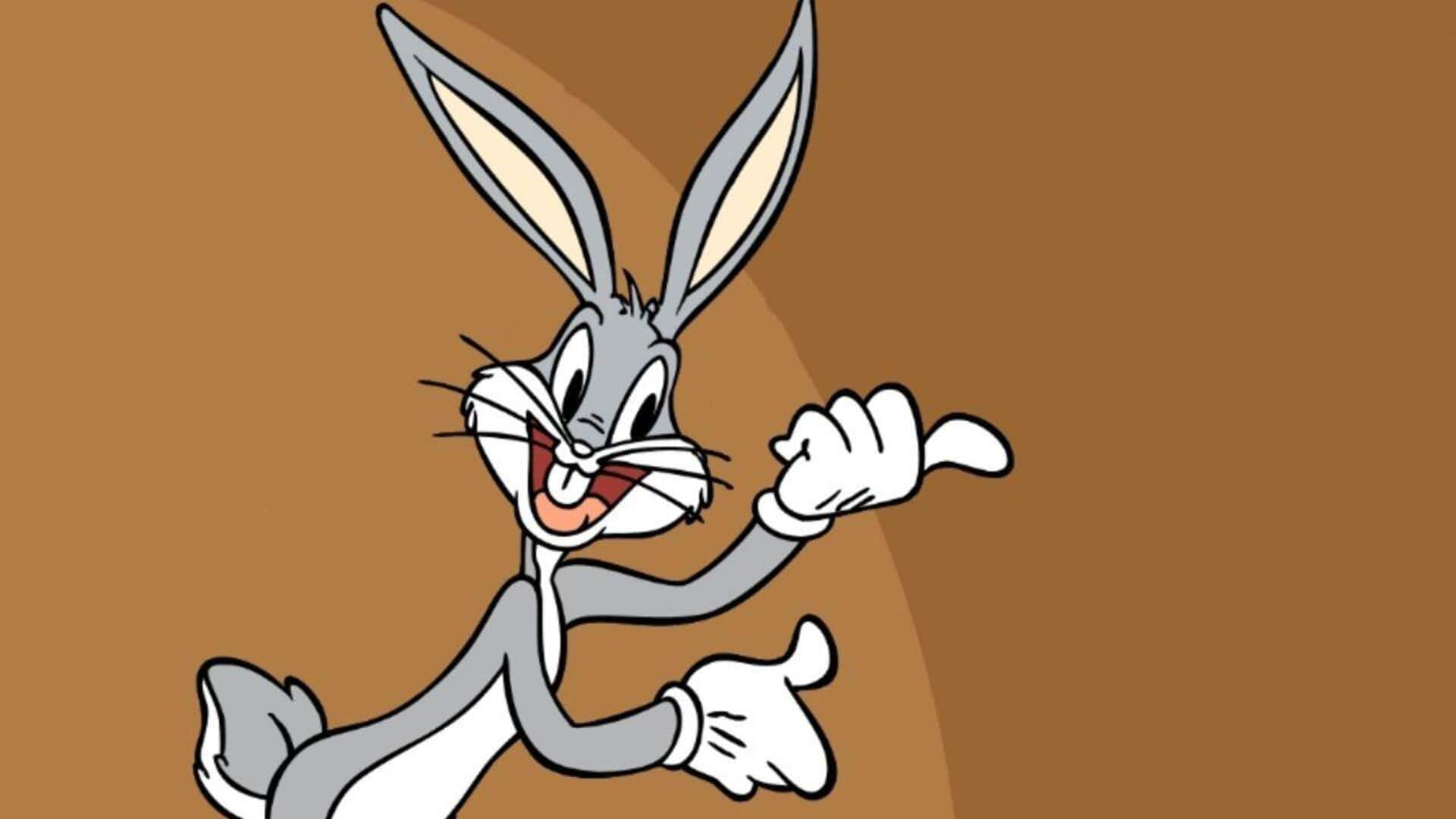
How Bugs Bunny stays relevant in every era
What's the story
Bugs Bunny, the iconic animated character, has been a staple in US cinema for decades. Famous for his witty sense of humor and mischievous tricks, Bugs has changed quite a bit from his debut in 1940. Here's looking back at Bugs Bunny's journey in American films, from his memorable appearances to the transformations he has undergone to remain relevant.
#1
The birth of an icon
Bugs Bunny first burst onto our screens in 1940, in A Wild Hare, starting a new era of animated characters. Created by Tex Avery and voiced by Mel Blanc, Bugs became an instant favorite with his distinct personality and catchphrase "What's up, Doc?" His initial design included long ears and a carrot as his signature prop. This first appearance paved the way for what was to come, eventually making Bugs an everlasting icon.
#2
Transition to television
In the 1950s and 1960s, Bugs Bunny hopped from cinema screens to television sets all over America. This move was a major factor in expanding his audience reach. Shows like The Bugs Bunny Show introduced him to younger generations who watched cartoons on Saturday mornings. The move to television allowed him to appear more frequently and kept him popular during this time.
#3
Modern adaptations
As technology evolved, so did the depiction of Bugs Bunny. Over the past few years, he's shown up in everything from CGI animations to feature films such as Space Jam. These adaptations have not only introduced him to new audiences but also retained what made him a star in the first place. By embracing modern techniques without losing classic traits, these versions keep Bugs relevant today.
#4
Cultural impact over decades
Throughout the annals of American cinema, few characters have managed to capture the imagination of folks like Bugs Bunny has. He has influenced entertainment, fashion trends, and even language, with phrases from cartoons slipping into our daily vocabulary. These things stick, and that's what makes them timeless classics loved by all ages and classes.